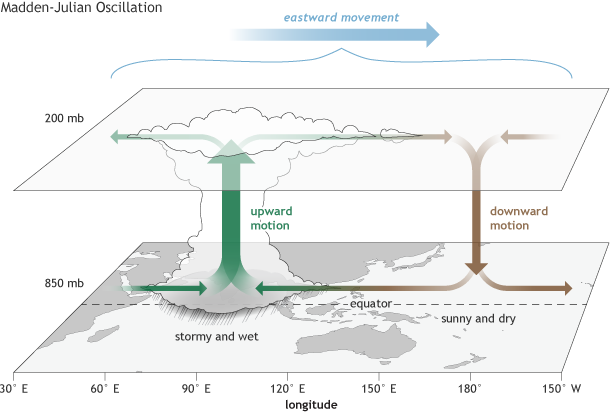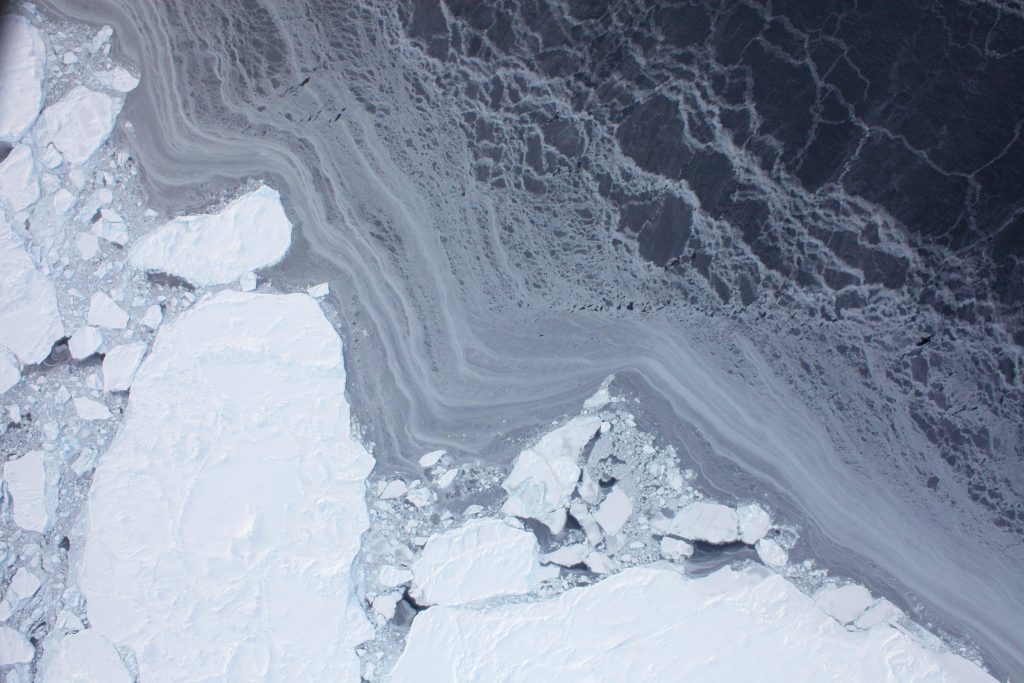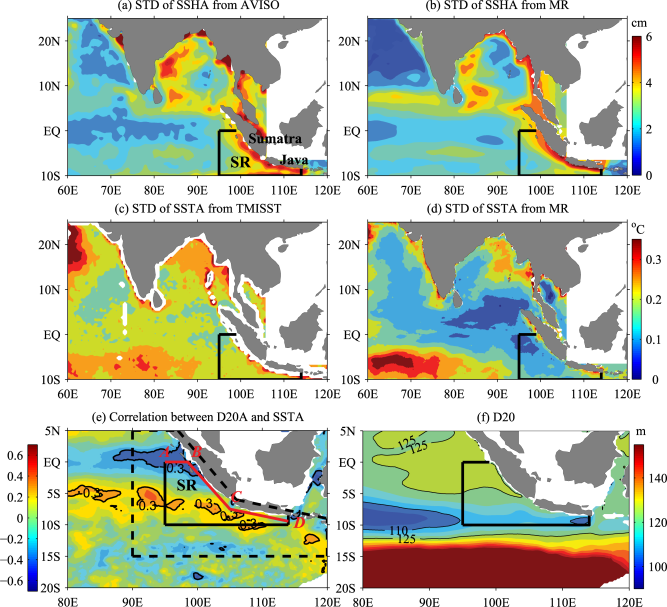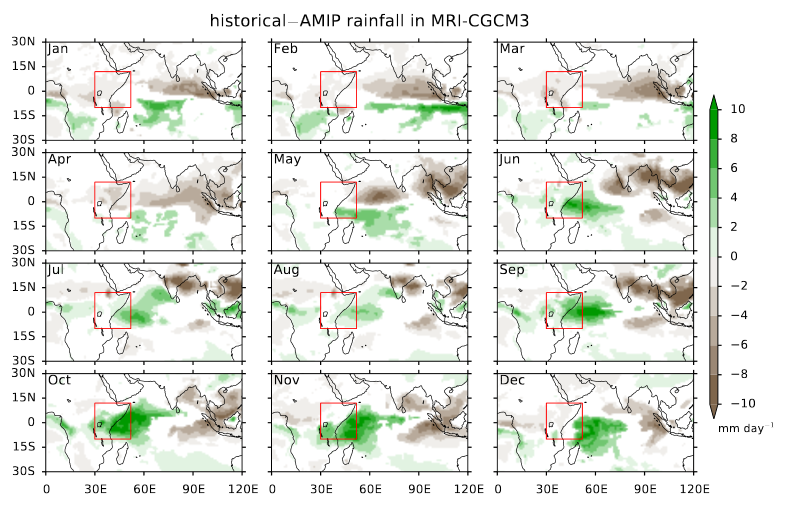Understanding Local & Remote Forcing of Interannual Variability of Equatorial Eastern Indian Ocean Upwelling
A recently published article in the Journal of Physical Oceanography written by Chen et al., and supported by CPO’s Climate Variability and Predictability (CVP) program, explores remote and local forcing that drives the interannual variability of EIO upwelling by analyzing observations and performing experiments in the HYCOM ocean model.











